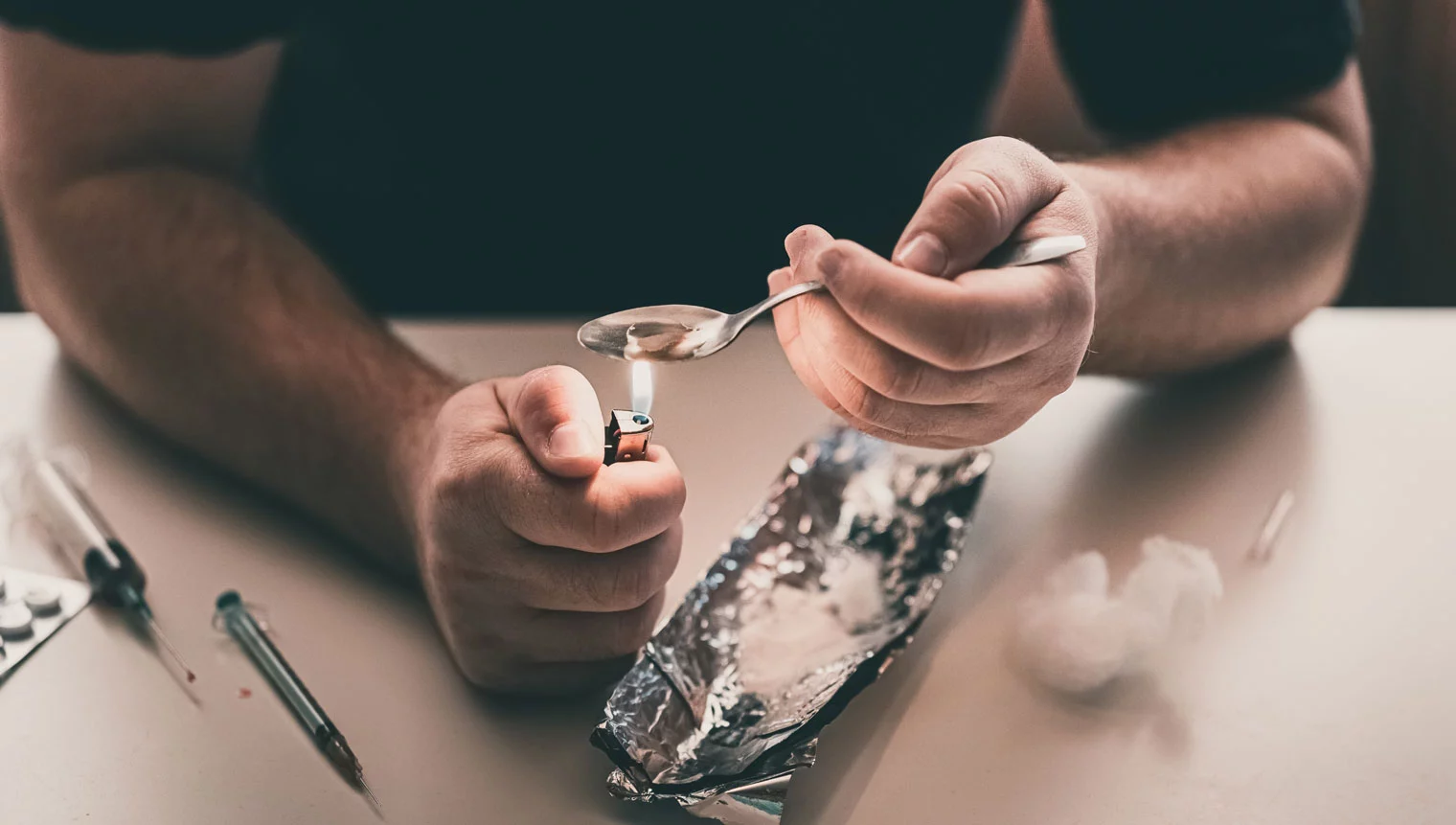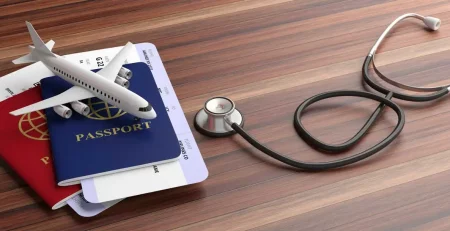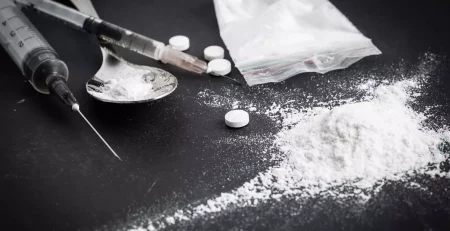What Does Meth Taste Like?
Recognizing Meth Abuse and Addiction
Methamphetamine is a powerful and highly addictive drug that has become more and more commonly found throughout the country. Methamphetamine can be used as a stimulant prescription medication to help treat attention deficit hyperactivity disorder (ADHD) and as an aid in weight loss.
As cases of meth abuse and addiction continue to rise, so too do this drug’s dangerous consequences. The National Institute on Drug Abuse recorded approximately 32,537 overdose deaths in 2021 involving psychostimulants, primarily methamphetamine.
In light of these overdose cases, it has become more important than ever to know how to recognize the signs of meth abuse and find the right help for those who have become victims of the addictive grips of this drug. Knowing what meth tastes like can be an important factor in avoiding the accidental consumption of this drug, which can have dangerous side effects.
Keep reading to learn more about what does meth tastes like and other identifiers for this drug, and find out how the Icarus Behavioral Health treatment facility can help you or a loved one start your recovery journey today!
24 Hour Meth Detox and Rehab Helpline
Where is Meth Found?
When found legally, methamphetamine is generally prescribed as a pill called Desoxyn, which is primarily used to treat ADHD. However, despite the potential benefits of prescription meth, this drug is rarely prescribed due to its high risk for substance abuse.
And unfortunately, meth is now found across America, particularly in rural areas. The lower cost to manufacture P2P meth (without chemical now banned in the US) in large labs across Mexico means high-purity crystal is now available across the country, even in states as far-flung as Alaska.
Currently, methamphetamine hydrochloride is considered to be a Schedule II stimulant by the Drug Enforcement Administration (DEA) under the Controlled Substances Act.
What Does Meth Taste Like?

There are several factors that can determine the taste of meth, including how the drug is made and the user’s preferred method of abuse. Generally, meth drugs will have a bitter taste that reflects the toxic chemicals involved in their production.
This chemical taste comes from the production method used for meth, in which it is created in batches at small, unregulated meth labs with various different chemicals at a low cost. This ensures that when manufacturers sell meth, they are making a significant profit at the expense of their customers’ well-being.
Pseudoephedrine or ephedrine is the main ingredient used to make meth and is responsible for the drug’s signature bitter taste. Additional additives, such as cleaning products, solvents, and other substances used during meth production will also contribute to its chemical-like taste.
Many of the additives used to produce meth tend to be those that can easily be found online or in general stores, including battery acid, alcohol, ammonia, paint thinner, chloroform gasoline, and nail polish remover, just to name a few. When making meth, the vapors released by the heating and mixing of these chemicals become infused in the end-product.
At one point in the early 2000s, concerns also circulated around the alleged production of flavored meth, including a Strawberry Quik flavored version of the drug that was marketed towards children. While there were never any confirmed cases of children ingesting strawberry meth, it goes to show the dangerous grip this drug has held over the years.
What Does Meth Smell Like?
Similar to its taste, meth will often produce a strong, bitter smell comparable to that of cat urine, rotten eggs, burning plastic, and sulfur. This is mainly caused by the sulphuric acid used for cooking meth.
In many cases, a meth lab can be recognized by the strong, chemical-like odor emanating from the building. If you believe a loved one may be abusing this powerful stimulant drug, knowing how to recognize the smell it can produce can help you identify when it is time to get them professional help.
What Does Meth Look Like?
Meth can come in many different shapes and sizes, depending on how it was made and how the user prefers to use this particular drug. Knowing how to recognize this drug in each of its forms can help you keep yourself and your loved ones safe from its addictive clutches.
Some of the most common forms that meth can be found in include:
Crystal Meth

The most popular form amongst many meth users is of crystal meth, which is most frequently heated and then smoked with a meth pipe to produce a fast and intense high. It can range from yellow to white, to even a pink meth color.
Crystal meth can be similar in texture to that of rock candy or sugar crystals and will have an ammonia or vinegar-like smell to it. It is typically sold in small plastic bags or capsule and pill form, both in small and larger quantities depending on the vendor.
Crystal meth purchased from street dealers will often be mixed with other substances like caffeine to make the drug seem stronger, or with rock salt or glass to increase the dealers’ profit at the expense of the consumer’s safety.
Powdered Meth
Powdered meth comes in the form of a crystalline powder that can resemble fine sugar crystals, and is commonly used through either snorting, smoking, injecting, or swallowing it. Powdered meth can be found in various colors, from a white or cream shade, to brown and yellow.
When selling meth, people will occasionally mix this drug with other substances, including cornstarch, sugar, or chalk dust based on the seller. In some cases, meth in its powder form can even be mixed with other drugs, including cocaine and fentanyl, which can increase the users’ risk of dangerous side effects, including overdose.
Powdered meth can occasionally be sold in the form of meth pills, although these are less common, as users may not get as intense or fast of a high when using meth in this particular form.
When “cutting” meth with other substances, the merchant makes more money, while the consumer has no way of knowing what it is that they are actually ingesting. Even products marketed as “pure” meth do not always match their description, meaning most users are at risk of even more dangerous side effects when ingesting meth.
Liquid Meth
As a particularly dangerous form of this drug, liquid meth is perhaps one of the easiest to consume and the hardest to detect. It is made by dissolving powdered meth into a liquid base and can range from clear in color to blue, yellow, brown, and various other colors due to the many additives used to disguise this drug.
Some people may even store this drug in other containers, including water bottles, liquor bottles, and other holders to further disguise the true nature of their contents. Liquid meth can be consumed orally or injected directly into the bloodstream, which can have serious health consequences.
How Is Meth Abused?

There are several ways to abuse meth, each of which can have intense side effects. Many meth addicts will prefer smoking meth or injecting this drug, as this can produce a faster and more intense high than would be achieved through snorting meth.
Regardless of a person’s preferred method of meth use, this drug is extremely dangerous, and abusing it can have serious consequences for the users.
What are the Side Effects of Abusing Meth?
As a potent central nervous system stimulant, meth use can produce an intense and euphoric high. With even just one use, a person can become hooked. With continued use of this drug, there comes an increased risk of developing a full-blown substance use disorder, which will require professional help to overcome.
Knowing the potential risk factors and side effects of meth abuse can help keep you or your loved one safe from this particular drug. Some of the most common side effects experienced with meth abuse include:
24 Hour Meth Addiction Treatment
Short-Term Side Effects
In the short-term, meth not only disrupts the brain’s ability to work correctly but also causes the body’s system to speed up to dangerous and potentially life-threatening levels. When someone uses meth, they run the risk of increasing their blood pressure, heart and respiratory rates.
They may also experience anxiety, paranoia, aggression, hallucinations, and mood swings as a result of this drug’s stimulative properties.
Meth Overdose Signs and Symptoms
If too high a dose of meth is taken, there will also be an increased risk of overdose, which can have deadly side effects, including:
- Trouble breathing
- Loss of consciousness
- Stroke
- Heart attack
- Respiratory failure
- Organ damage
If someone is experiencing any of these symptoms after using meth, it is important to seek emergency medical help immediately. Without proper treatment, a meth overdose can cause irreversible damage, including death.
Long-Term Side Effects

When used repeatedly over long periods of time, meth can be an incredibly destructive drug to the user’s physical and mental well-being. Injecting meth can increase a person’s risk of developing skin sores and collapsed veins, as well HIV and other blood-borne diseases due to sharing needles or engaging in unsafe sexual activities.
Individuals may also experience severe tooth decay and gum decay, a condition known as “meth mouth,” as a result of repeatedly ingesting this drug and losing interest in basic self-care and hygiene.
Severe depression, suicidal thoughts and ideations, brain damage, and other severe organ damage are also all significant risks of long-term meth abuse. If you or a loved one has been abusing meth for a long time, getting professional help will be crucial to address the effects of this abuse and provide a solid foundation for long-term recovery.
How Can I Know if a Loved One Has a Meth Addiction?
Now that you know how to recognize what meth tastes, looks, and smells like, it is important to know what to look for when determining if someone you know may be addicted to this drug. There are many signs that can indicate if someone may have a methamphetamine use disorder.
Knowing what to look for can help you or a loved one come to terms with this substance abuse, and seek out the necessary professional treatment to overcome this addiction and get back on track with a healthier, drug-free life.
Some of the most common signs of meth addiction include:
Physical Signs
In addition to the physical health effects that will occur with a meth addiction, someone who is abusing this drug may have drug paraphernalia located throughout their surroundings, including powdered residue paraphernalia, meth pipes, needles, and other items.
A lack of personal hygiene or general disinterest in self-care can also be a sign of drug abuse and addiction, as the person can become so consumed with their addiction that the thought of taking care of themselves becomes non-existent.
Behavioral Signs
Someone who is addicted to meth may become more isolated and secretive about their habits, lose interest in regular hobbies and responsibilities, or experience problems in their work, school, or personal lives. They may also be more likely to run into legal trouble and participate in criminal activity as a result of their drug abuse.
Psychological Signs
Those who abuse meth over long periods of time will typically experience significant mental health effects. They may become more paranoid, emotional, and even violent, experiencing sudden and extreme mood swings for no clear reason. This can be exacerbated in those with pre-existing mental health disorders or other conditions.
Our Meth Addiction Treatment Program

If you or a loved one is displaying any of these symptoms of meth addiction, it is important to seek professional help right away. At Icarus Behavioral Health, our substance abuse treatment facility is capable of addressing all of yours or your loved one’s recovery needs.
Once you have recognized the severity of this problem, we will help you create a treatment plan designed to address your specific case of substance abuse. We will work together to set recovery goals, decide which addiction treatment services will be best for you, and develop a relapse prevention plan to help you maintain recovery after leaving our facility.
If you or your loved one has been abusing meth for a long period of time, our residential treatment program will be better suited to your needs. Our inpatient facility can provide the constant structure and support that will be needed to properly address your addictive behaviors and learn healthy, drug-free coping mechanisms for maintaining independent sobriety.
Whether participating in our inpatient or outpatient programs, you will have access to various holistic and evidence-based therapeutic interventions, medication-assisted treatment, and many other rehabilitation services.
While the recovery process from meth addiction can be difficult, it is absolutely possible to reclaim a life of happiness and sobriety. At Icarus Behavioral Health, we provide you with the support and treatment you need to overcome addiction and live a better life.
24 Hour Meth Detox and Rehab Support
Start Your Recovery Journey With Icarus Today!
If you or a loved one is seeking treatment for meth abuse or addiction, you need to look no further than the Icarus Behavioral Health recovery center. We offer compassionate and comprehensive addiction treatment services to those struggling with addiction across the country.
Our staff of highly-trained and dedicated clinical professionals is ready to get your life back on track whenever you are. To learn more about our treatment program, reach out now and we will help you get started on your road to sobriety today!











